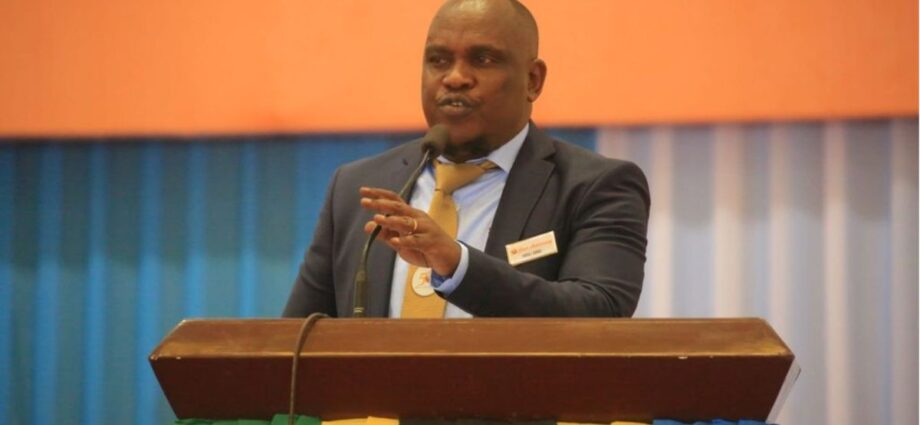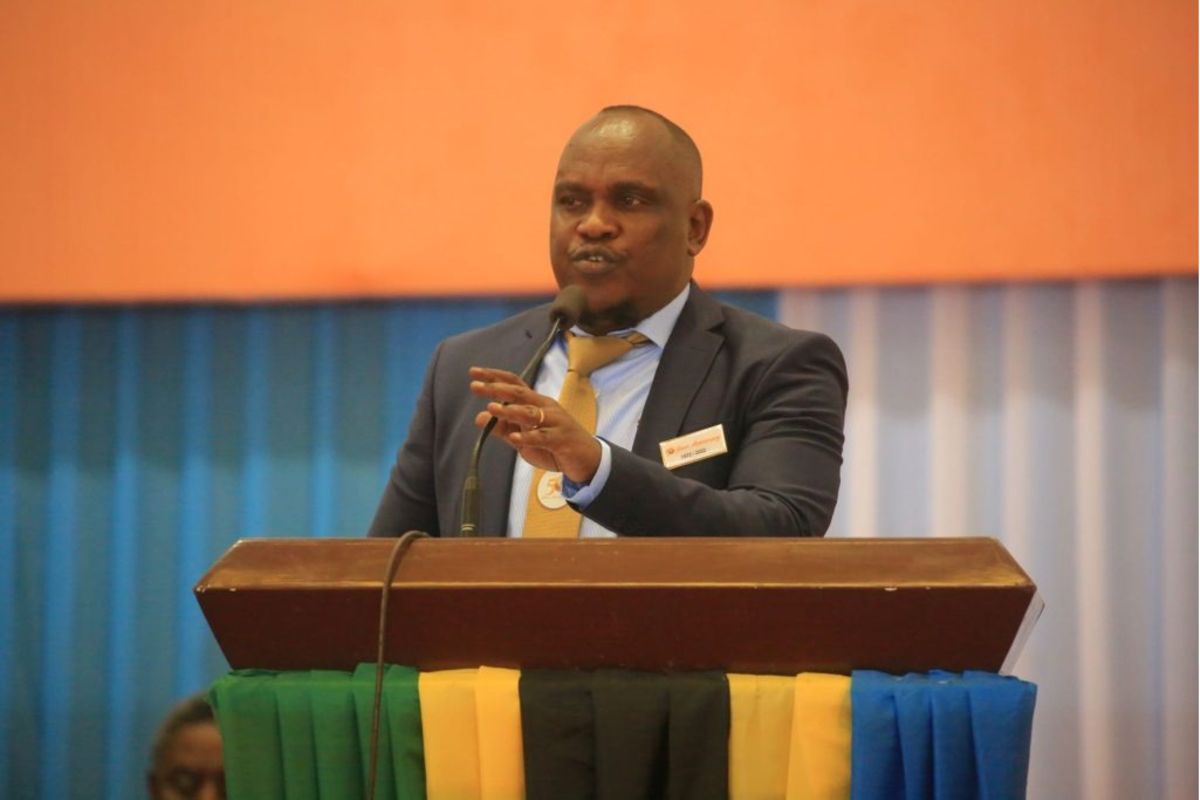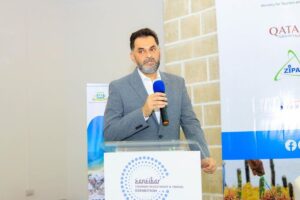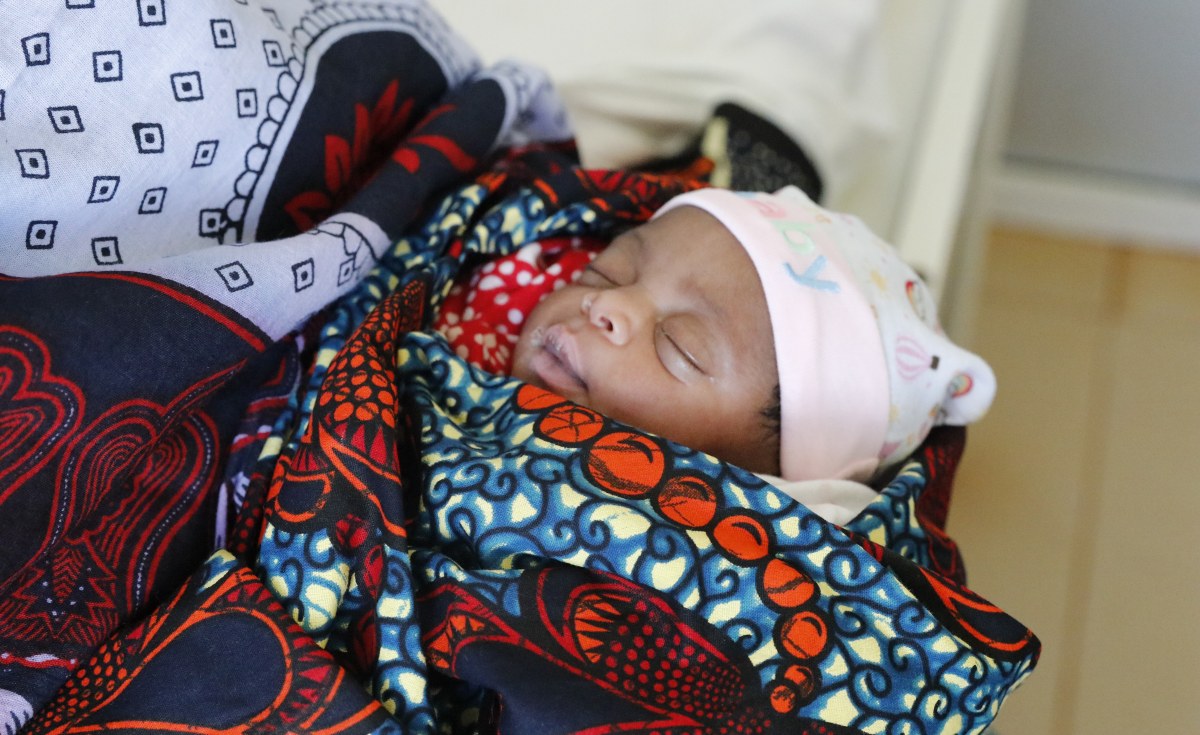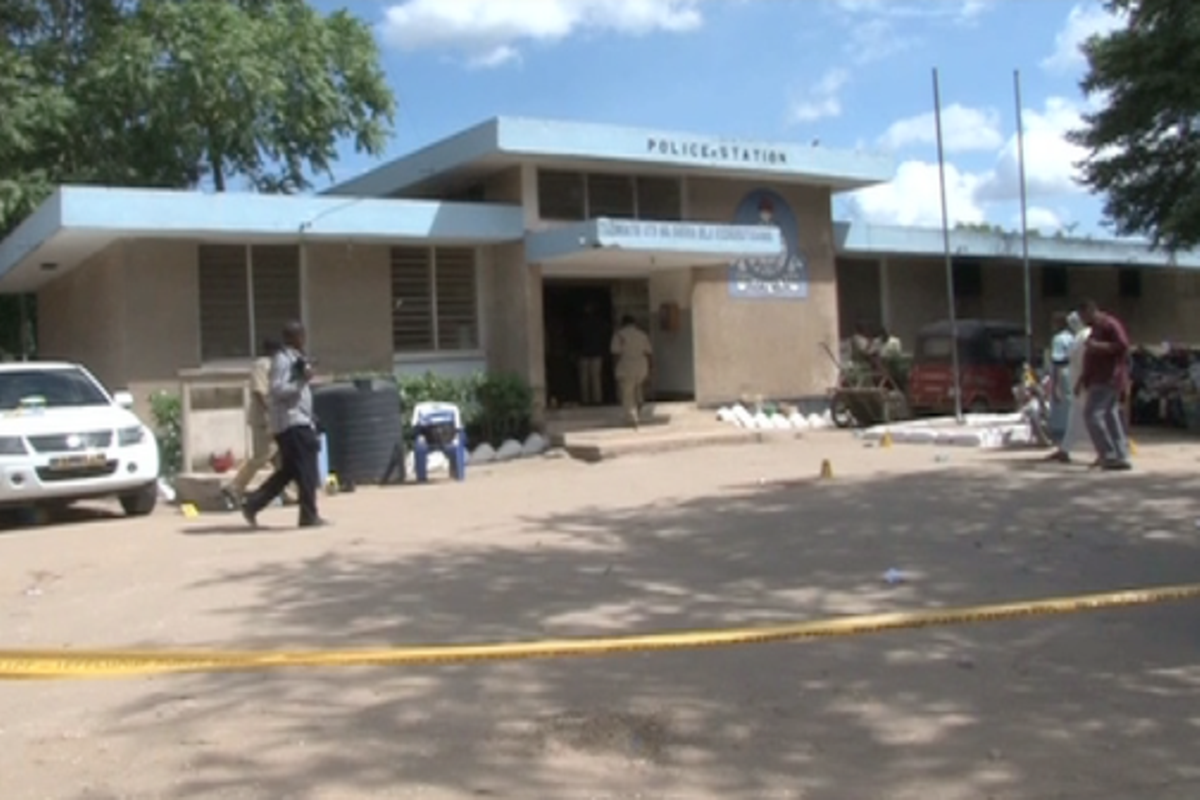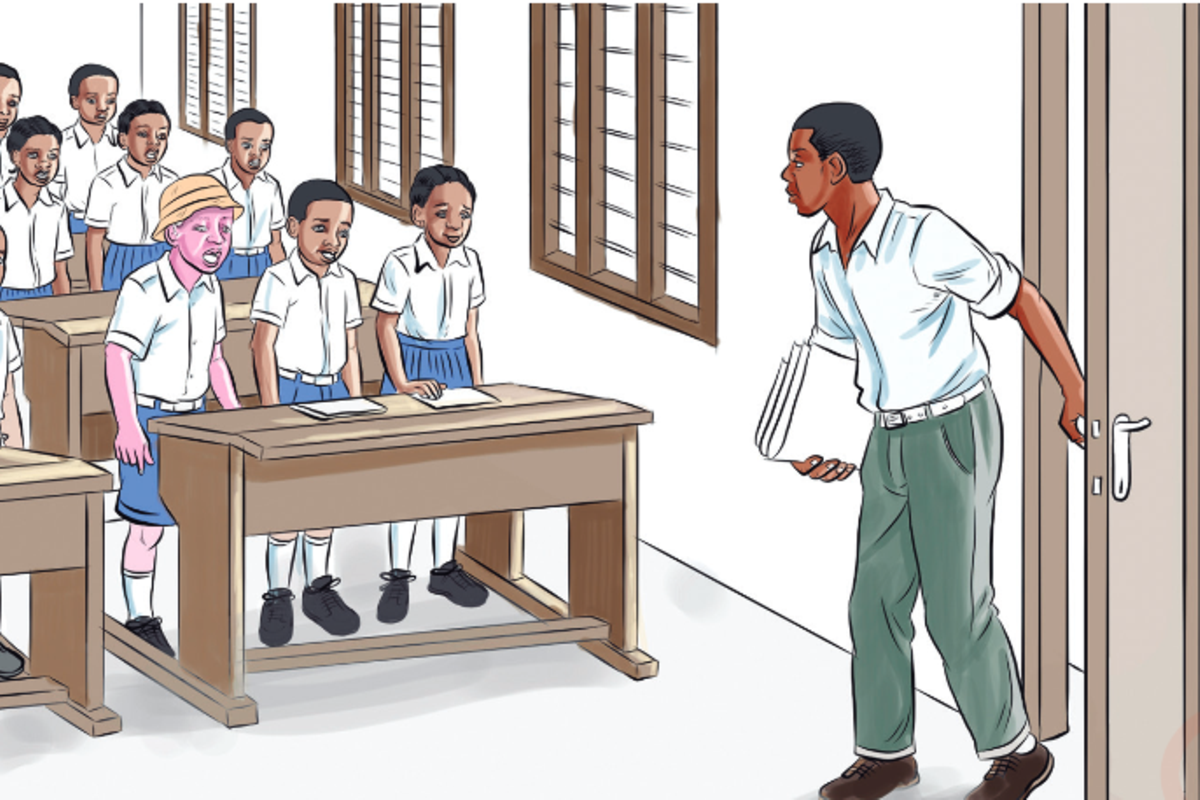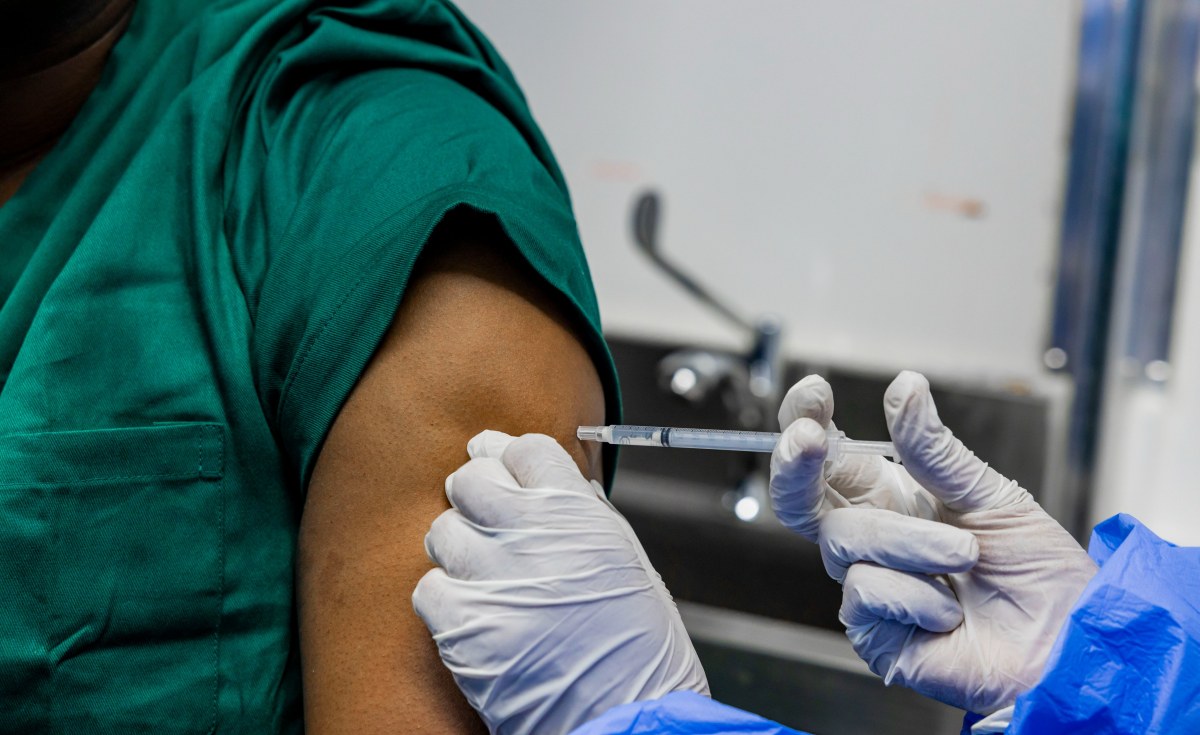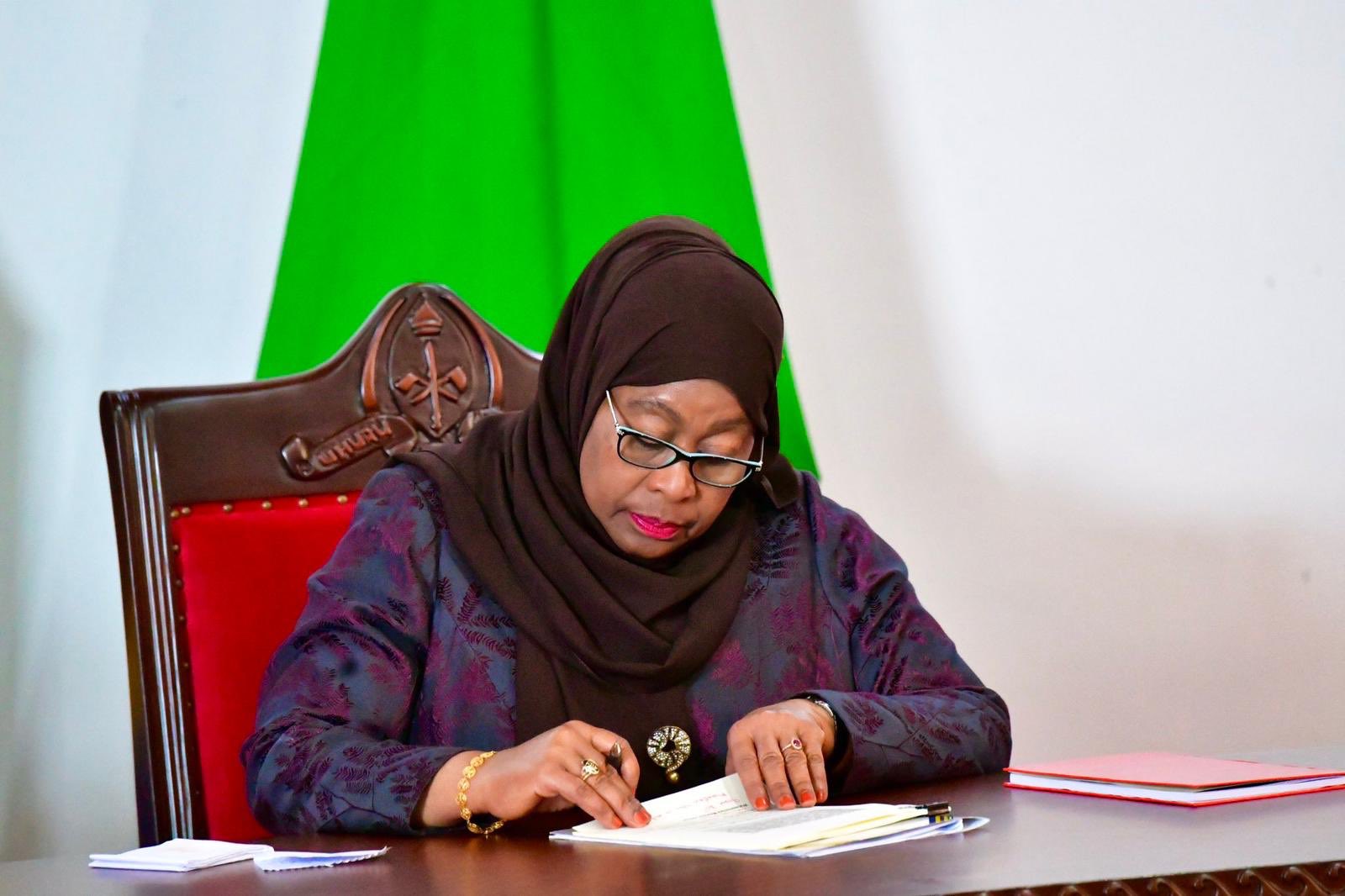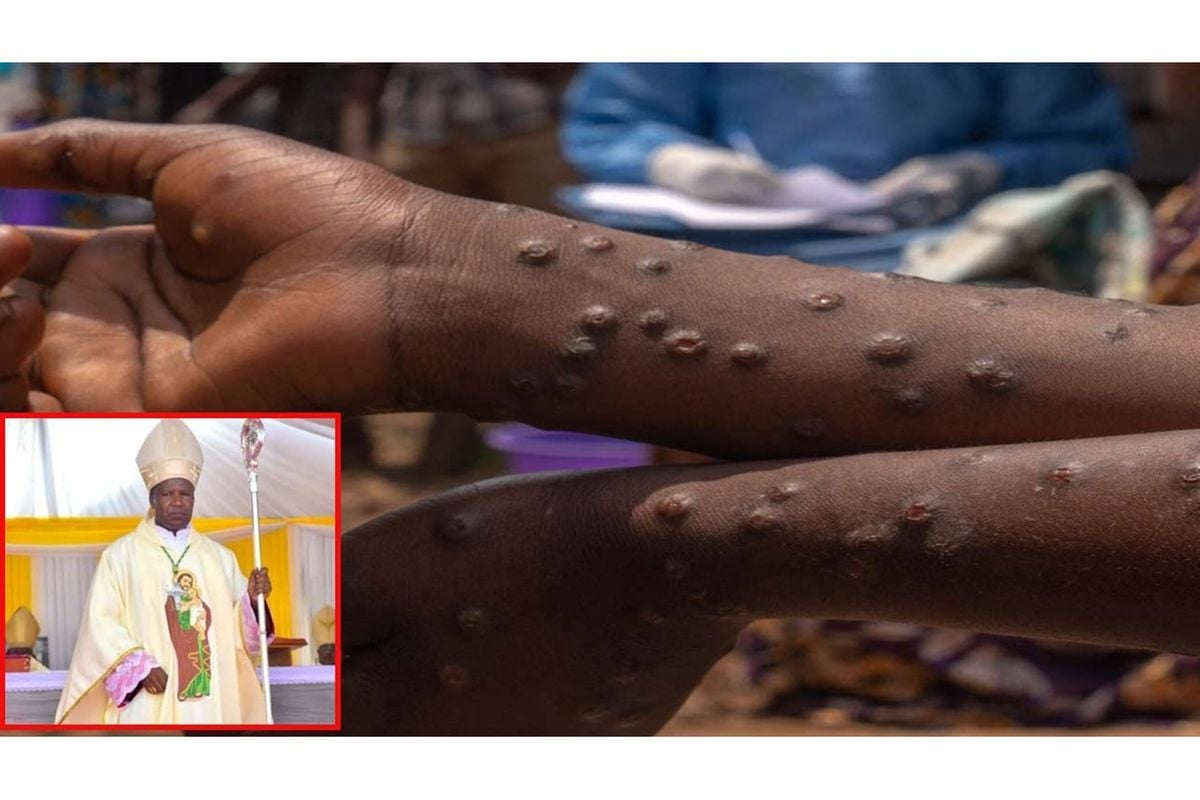Dar es Salaam. State Mining Corporation (Stamico) has teamed up with the Confederation of Tanzania Industries (CTI) to address the challenge of underutilisation of locally sourced raw materials in the country’s industrial production.
Therefore, the partnership has organised a two-day meeting gathering over 700 stakeholders including smallholder miners, local industries and financial institutions.
Addressing a press conference yesterday, Stamico managing director, Dr Venance Mwasse said the meeting is slated to take place at the Julius Nyerere International Conference Centre (JNICC) and will be officiated by the minister of Minerals, Dr Dotto Biteko.
Mr Mwasse said their expectation is that the collaboration will provide answers to several challenges leading to failure use of domestic sourced raw materials especially from the mining sector.
“The meeting is expected to establish what small-scale miners are missing, what is the CTI demand and financial institutions’ failure to lend the subsector,” he said.
“Hopefully, the challenges are expected to be resolved by the end of the meeting. Regulatory institutions such as the Tanzania Revenue Authority (TRA), the National Environmental Management Council (Nemc); the Mineral Commission and the Geological Survey of Tanzania (GST) will also be part of the meeting,” he said.
CTI executive director Leodegar Tenga said not all mineral related raw materials from local sources are used in the industries, adding that the meeting is expected to encourage utilization of local resources instead of importation from outside the country.
“This is important because it will enhance the performance of local industries and increase competitiveness in the country. But, the most important thing is that the move is significant to the country’s economy,” he said.
“The linkage will ensure that we have the market of locally manufactured products, enhance the value chain and definitely in the long term the benefits are immense,” he added.
The challenges with domestically sourced raw materials are caused by the lack of experience and modern technology by local providers, noting that a huge technology is required to refine the raw materials to acquire the much needed quality for utilization in the industries.
He added that at the same time industries would want to buy inputs that would enhance the quality of the final product, noting that for that matter most of the time local industries prefer to import local materials because they would not want to temper or compromise with the quality of the products.

